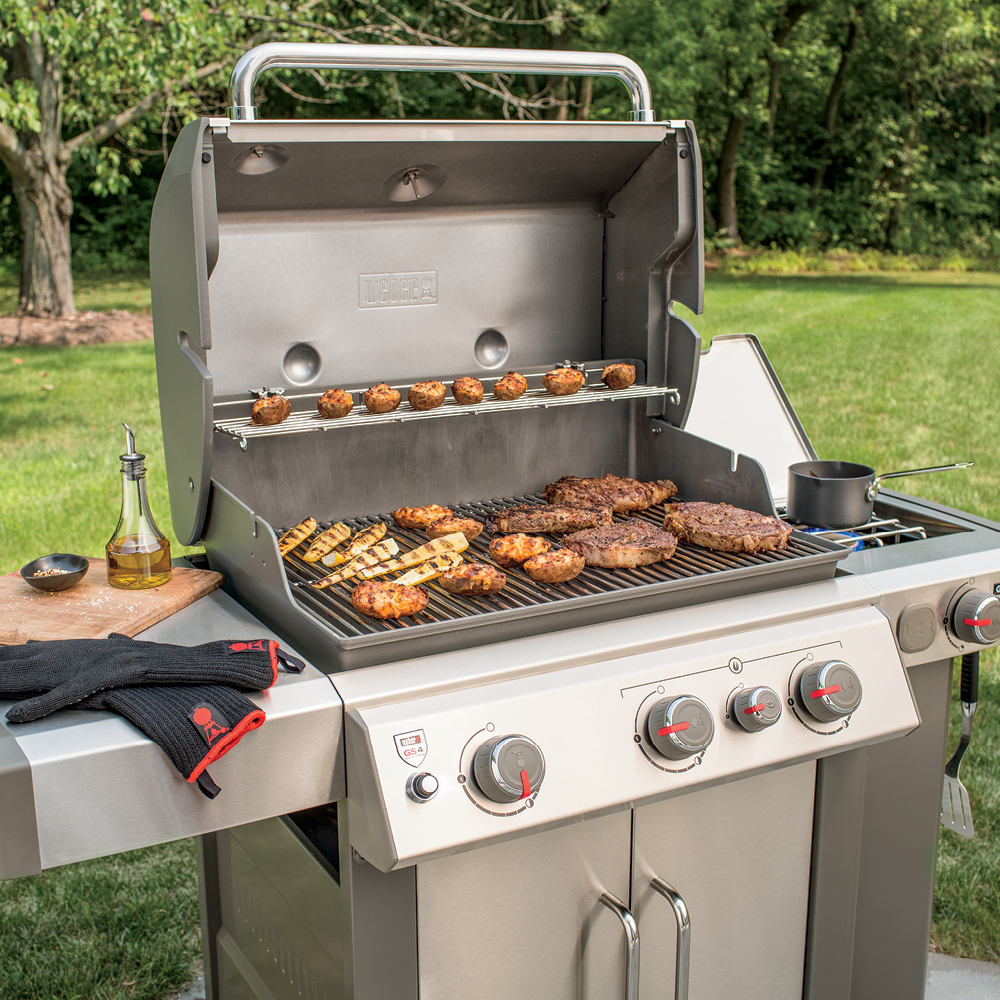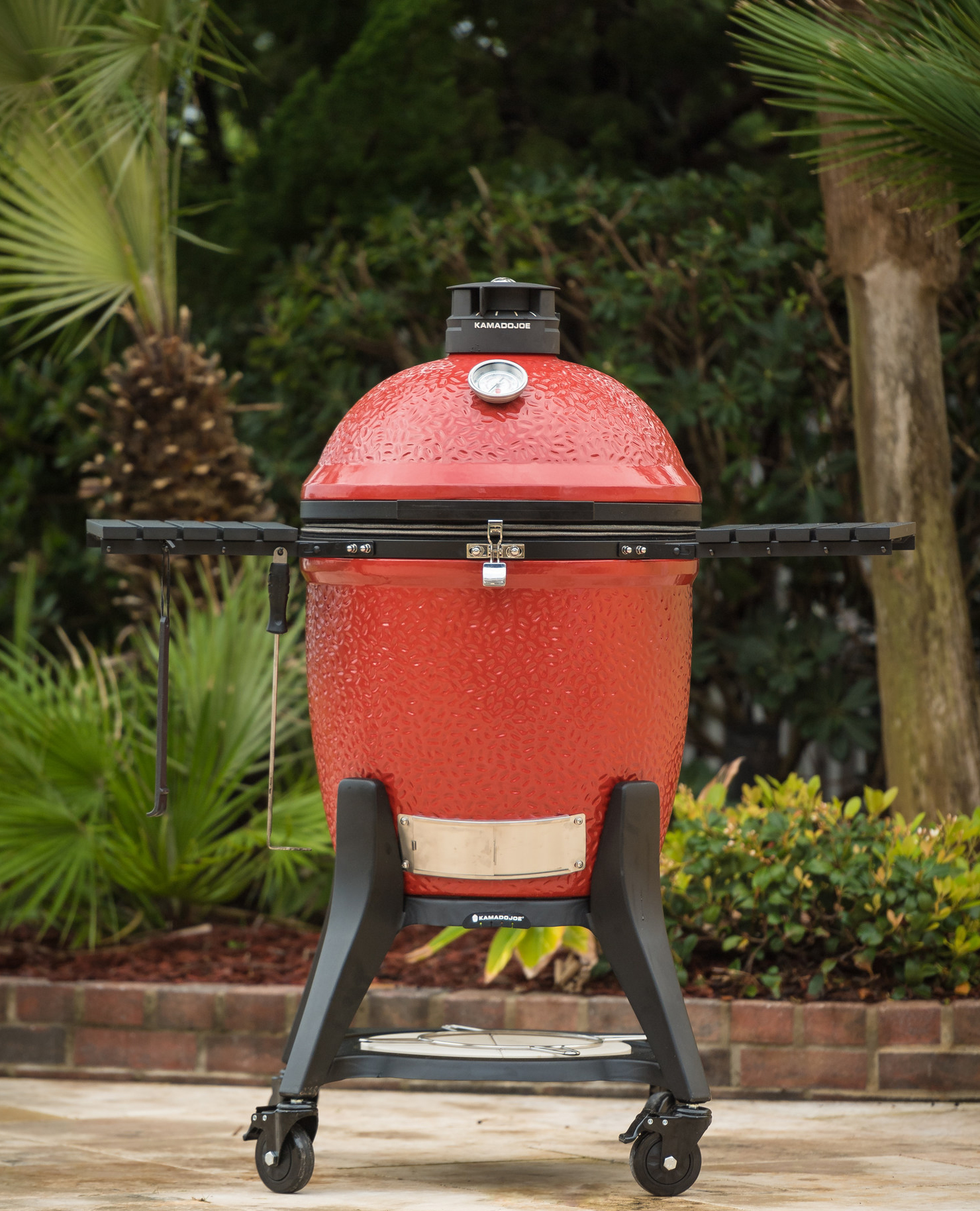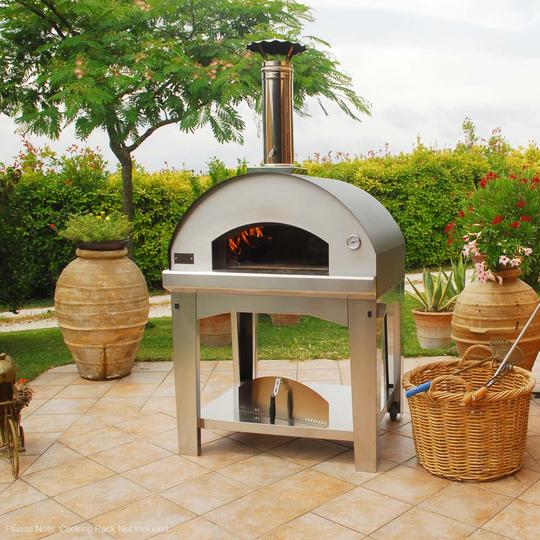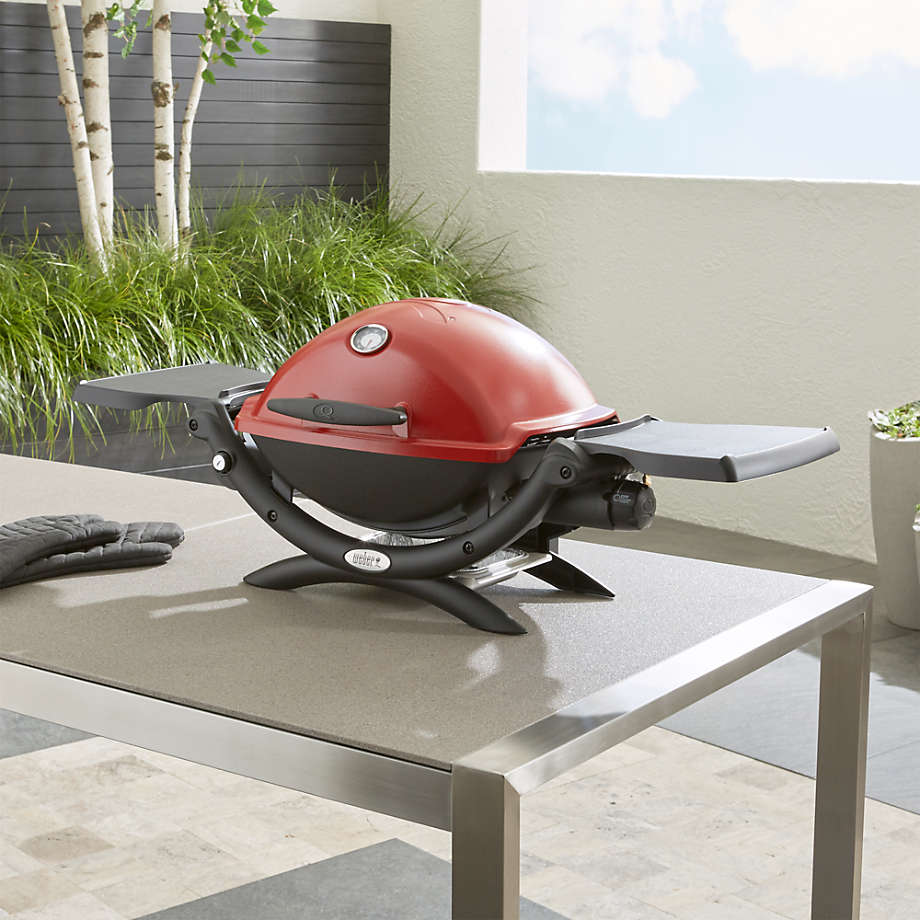How to BBQ a Roast Beef Using Indirect Heat
Roasts are some of the most common main dishes for all sorts of occasions. For Christmas, Thanksgiving, and even for some families’ Easter, roasts are made and served as an alternative to the more old fashioned turkey main dish. Even on the days beyond those holidays, roasts are made to be a surprisingly simple dish to make for people who need to do other chores around the house while also cooking dinner. The leftovers can also be used to make sandwiches and other quicker meals.
When it comes to making roast beef, there are two main ways you can do it; baking or barbecuing. Making roast beef in the oven has been something of a classic method for many years, but recently, using your grill to BBQ roast beef with indirect heat adds a level of smokiness to it that everyone in your family will love!
Using indirect heat to make roast beef can be difficult, though. So, this article will help you learn the tricks to bbq indirect heat roast beef and to make a great lunch or dinner. If you need any rubs, sauces, tools or accessories to help you out, visit Dickson Barbeque Centre to get everything you need. We even have a wide range of barbecue grills and smokers if you’re looking to get a new one.
What is indirect heat?
To many beginner pitmasters and chefs, hearing the term “indirect grilling” or “indirect heat” can be incredibly daunting. Fortunately, the term and its differences aren’t all that hard to get. Indirect grilling and indirect heat refer to the method of how you barbecue the food over the grill’s flames. As the name suggests, indirect grilling has you grilling the food away from where the flames are – the opposite of direct grilling or simply grilling the food right over the flames.
Indirect heat is much of the same thing and is used interchangeably with indirect grilling. With your food on the cooler side of the grill – or away from the flames in some way – you’re using indirect heat to do indirect grilling.
Preparing the beef
If you’re making a roast from scratch, the first thing you need to do is season it. Most of the time, many recipes have you add whatever herbs and spices to the meat first, whether it’s a rub or a marinade. Whatever it is, make your rub or marinade – or even buy one from Dickson – and season your meat with it. Leave the roast to rest in the fridge for a minimum of 45 minutes or more so the flavours properly sink in.
Setting up your grill
Once you get closer to the time when you want to start using indirect heat to BBQ, preheat the grill at least five minutes before. This gets the oven hot enough that the meat starts to cook right from the moment you put the roast beef in.
Charcoal grills
To actually create a cooler space to bbq indirect heat, all you need to do is set your charcoal to one side of the grill’s bowl. This is much easier to do with a charcoal grill since the fuel source is easier to move. Simply stack your coal to the side – or use a divider if needed – and light the coal like normal. Your roast will go on the other side.
Gas grills
For gas grills, creating an indirect heat zone depends on the number of burners your grill has. Larger grills frequently have more than one burner and often, you only need two to easily create a source for the indirect heat. Simply turn on one or two of the burners, depending on the number you have, and set your roast to the opposite side.
If your grill only has one burner, you will likely need a metal tray or a large foil baking pan to put your roast in. However, you don’t want the tray or pan to be too large, since your gas burners need a proper flow of oxygen to keep the fire going. To cook the beef, simply start and preheat the grill like normal, then place the roast on your grill like normal. You may need to lower the heat so the roast doesn’t burn.
Grilling your roast
Once the roast is in and the grill’s hot, all that’s left to let the roast beef cook. Many pitmasters and chefs suggest letting the roast cook for at least 15 to 20 minutes for every pound, if you’re cooking by the meat’s weight. Ideally though, you should cook to internal temperatures and the appropriate level of doneness. Aim for medium – 160 degrees Fahrenheit – for both a delicious roast beef and a properly cooked and safe to eat roast.
Leave the roast to rest
The last thing that’s left to do is let the roast rest once it’s done grilling. As good as it may smell, the juices and drippings that are closer to the center of the roast need the additional time to spread back out through it. If you want a juicy roast, cutting into it straight off the grill will do the exact opposite and cause those juices to leak out.
Once it’s off the grill, take the roast and put it into an appropriately sized baking pan. You’ll want to cover the pan and your roast with a sheet of aluminium foil, forming a tent over it to retain the roast’s heat. The larger the roast is, the longer it needs to rest so be patient! After 15 to 20 minutes – or more – you can then carve it.
Takeaway
Though the type of grill you have can make BBQ indirect heat roasts a little harder, the process will become quite simple after the first few times. While the roast is cooking, remember to keep the lid closed and only open it as few times as you can. Opening the lid too often releases all the heat that’s needed for the roast to cook, and only makes you want to open it up again a few minutes later. Leave it shut and let it roast for at least half the time needed to cook the roast through, then open the lid to flip it.







